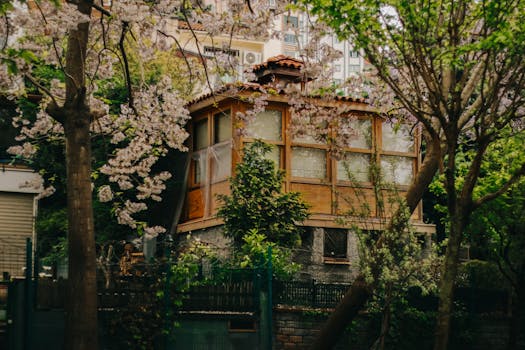
Urban Green Spaces: The Future of Outdoor Living in European Cities by 2025
Focus Keyword: Urban Green Spaces
Urban Green Spaces are becoming increasingly important in European cities as they provide a range of benefits for both the environment and the people living in these cities. By 2025, urban green spaces will play a crucial role in shaping the future of outdoor living in European cities. In this article, we will explore the importance of urban green spaces and how they will impact the future of outdoor living.
The Benefits of Urban Green Spaces
Urban green spaces offer numerous benefits, including improved air quality, reduced noise pollution, and enhanced biodiversity. They also provide opportunities for recreation, socialization, and relaxation, which are essential for both physical and mental well-being. Additionally, urban green spaces can help to mitigate the urban heat island effect, reduce stormwater runoff, and improve overall environmental sustainability.
Designing Urban Green Spaces for the Future
To create effective urban green spaces, it is essential to consider the needs of both the environment and the people using these spaces. This includes incorporating sustainable design principles, such as using native plant species, reducing water consumption, and incorporating renewable energy sources. Urban green spaces should also be designed to be accessible, inclusive, and engaging, with features such as walking trails, public art, and community gardens.
Case Studies: Urban Green Spaces in European Cities
Several European cities are already leading the way in creating innovative and sustainable urban green spaces. For example, the High Line in London is a former industrial rail line that has been transformed into a vibrant public park, featuring native plant species, public art, and stunning views of the city. Similarly, the Superkilen park in Copenhagen is a vibrant public space that incorporates a range of sustainable design principles, including green roofs, rain gardens, and solar-powered lighting.
Conclusion
In conclusion, urban green spaces will play a vital role in shaping the future of outdoor living in European cities by 2025. By incorporating sustainable design principles, considering the needs of both the environment and the people using these spaces, and learning from case studies of innovative urban green spaces, we can create vibrant, inclusive, and sustainable public spaces that enhance the quality of life for urban residents.





